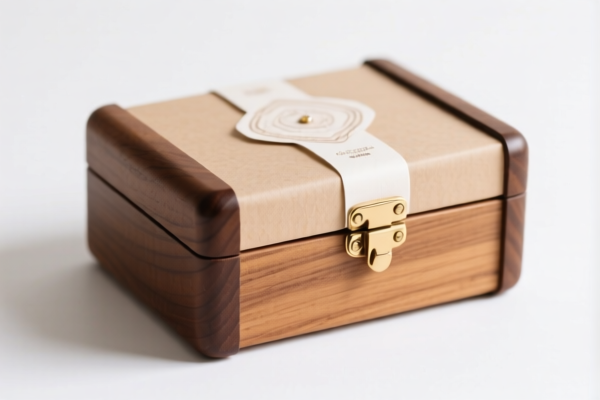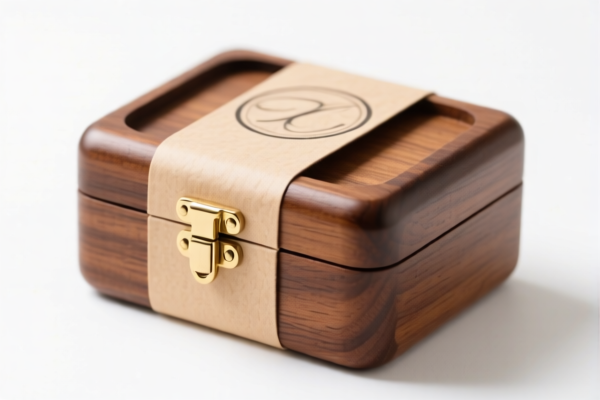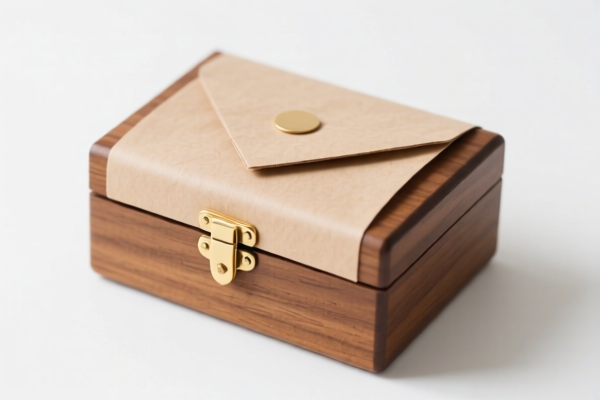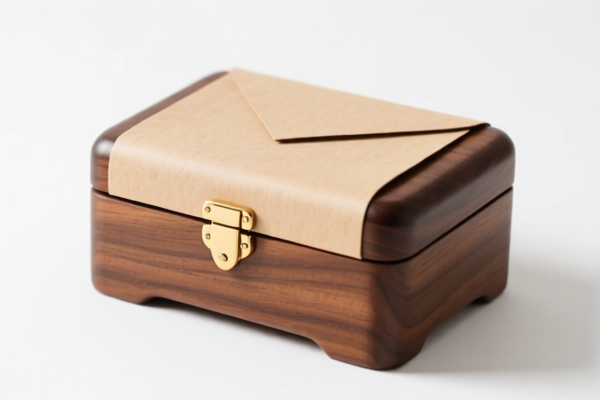| HS Code | Official Doc | Tariff Rate | Origin | Destination | Effective Date |
|---|---|---|---|---|---|
| 9601908000 | Doc | 41.2% | CN | US | 2025-05-12 |
| 9601902000 | Doc | 37.5% | CN | US | 2025-05-12 |
| 9620005000 | Doc | 60.3% | CN | US | 2025-05-12 |
| 9620005500 | Doc | 58.3% | CN | US | 2025-05-12 |
| 4202926010 | Doc | 61.3% | CN | US | 2025-05-12 |
| 4202929315 | Doc | 72.6% | CN | US | 2025-05-12 |
| 4205008000 | Doc | 55.0% | CN | US | 2025-05-12 |
| 4205000500 | Doc | 57.9% | CN | US | 2025-05-12 |




Jewelry Case
A jewelry case (also commonly referred to as a jewelry box) is a container designed for the storage and organization of jewelry. These cases come in a wide variety of materials, sizes, and complexities, ranging from simple portable boxes to large, multi-tiered chests.
Materials
- Wood: Traditionally, jewelry cases were crafted from various woods like walnut, mahogany, rosewood, and cedar. Cedar is particularly favored due to its natural moth-repelling properties, protecting delicate fabrics often found within jewelry. Modern wood cases may utilize engineered woods like plywood or MDF with veneer finishes.
- Leather/Faux Leather: Often used as an exterior covering for wood or cardboard structures, leather provides durability and a classic aesthetic. Faux leather offers a more affordable alternative.
- Fabric: Velvet and satin are common interior linings, providing a soft surface to prevent scratching and tarnishing. Exterior fabric coverings are also used, frequently in combination with cardboard or wood.
- Metal: Metal cases, or metal accents on wooden cases, are frequently constructed from brass, silver, or plated alloys. These offer a more modern look and increased durability.
- Plastic/Acrylic: Increasingly common for more affordable and portable options, plastic and acrylic cases offer transparency, allowing for easy viewing of contents.
- Glass: Used in display cases or as a component of larger chests to showcase jewelry.
Purpose & Function
The primary purpose of a jewelry case is to protect jewelry from damage, loss, and environmental factors such as dust, light, and humidity. They also serve to:
- Organize: Separate and categorize different types of jewelry (necklaces, earrings, rings, bracelets, etc.) to prevent tangling and loss.
- Display: Showcase jewelry collections, particularly in larger display cases.
- Portability: Allow for safe transportation of jewelry during travel or relocation.
- Preservation: Provide a controlled environment (especially those with linings) to minimize tarnishing and degradation of jewelry materials.
Usage Scenarios
- Home Storage: The most common use, keeping jewelry organized in bedrooms, dressing rooms, or closets.
- Travel: Portable jewelry cases are designed for packing jewelry securely during trips.
- Retail Display: Jewelry stores utilize display cases to showcase merchandise to customers.
- Collections: Collectors use larger chests or specialized cases to store and protect valuable pieces.
- Gifting: Jewelry cases are often given as gifts, frequently accompanying a new piece of jewelry.
Common Types
- Portable Jewelry Cases: Compact, often with compartments and a clasp, designed for travel. May feature roll-up designs or hard-shell constructions.
- Desktop Jewelry Cases: Designed to sit on a dresser or desk, often with a hinged lid and multiple layers of compartments.
- Standing Jewelry Cases: Larger, freestanding chests with drawers, shelves, and compartments.
- Wall-Mounted Jewelry Cases: Cases designed to be hung on a wall, often with a mirrored front.
- Display Cases: Typically made of glass and wood, used for showcasing jewelry in retail settings or at home. May include lighting.
- Roll-Up Jewelry Cases: Fabric cases with individual pockets for each piece of jewelry, designed for portability.
- Musical Jewelry Boxes: Often made of wood, these boxes play a melody when opened, frequently featuring a ballerina figurine. These are more decorative than practical for large collections.
The declared goods are identified as a jewelry case, a container specifically designed for storing jewelry. Based on the provided reference material, several HS codes may be relevant depending on the materials and construction of the case.
- 4202926010: This HS code covers trunks, suitcases, vanity cases, and similar containers, specifically “With outer surface of sheeting of plastics or of textile materials: Other: Of cotton Jewelry boxes, and similar containers of a kind normally sold at retail with their contents”. This code applies to jewelry boxes made with an outer surface of cotton sheeting and typically sold with jewelry inside. The total tax rate is 61.3% (Basic tariff: 6.3%, Additional tariff: 25.0%, Additional tariff after 2025.4.2: 30.0%).
- 4202929315: This HS code also falls under trunks, suitcases, and similar containers, categorized as “With outer surface of sheeting of plastics or of textile materials: Other: Other: With outer surface of textile materials: Other Other, jewelry boxes of a kind normally sold at retail with their contents”. This code is applicable to jewelry boxes with an outer surface of textile materials (excluding cotton) and sold with contents. The total tax rate is 72.6% (Basic tariff: 17.6%, Additional tariff: 25.0%, Additional tariff after 2025.4.2: 30.0%).
- 9601908000: This HS code covers worked ivory, bone, tortoise-shell, horn, antlers, coral, mother-of-pearl and other animal carving material, and articles of these materials (including articles obtained by molding): Other: Other. If the jewelry case is made from these materials, this code applies. The total tax rate is 41.2% (Basic tariff: 3.7%, Additional tariff: 7.5%, Additional tariff after 2025.4.2: 30.0%).
Important Note: For HS code 4202926010 and 4202929315, the goods are typically sold at retail with their contents. If the jewelry case is sold separately, these codes may not be applicable.
Customer Reviews
No reviews yet.